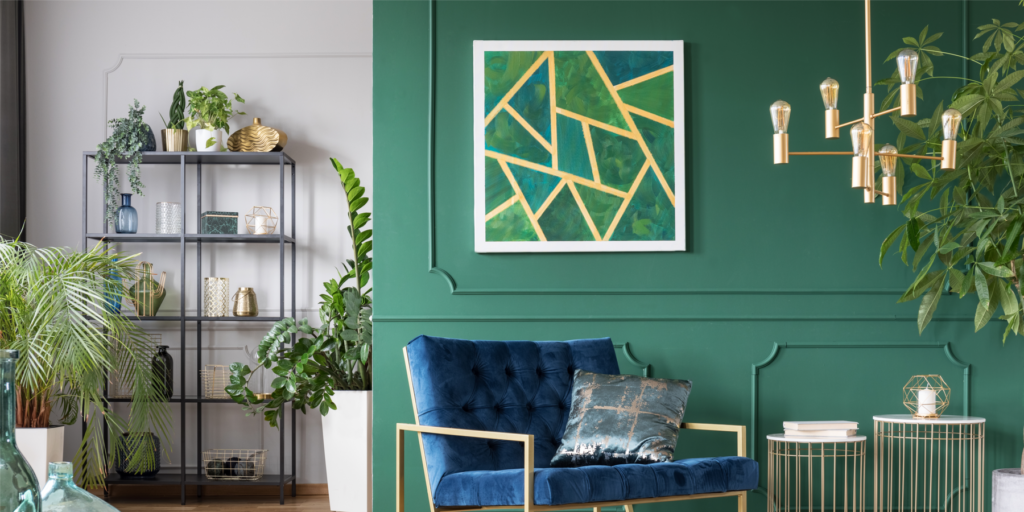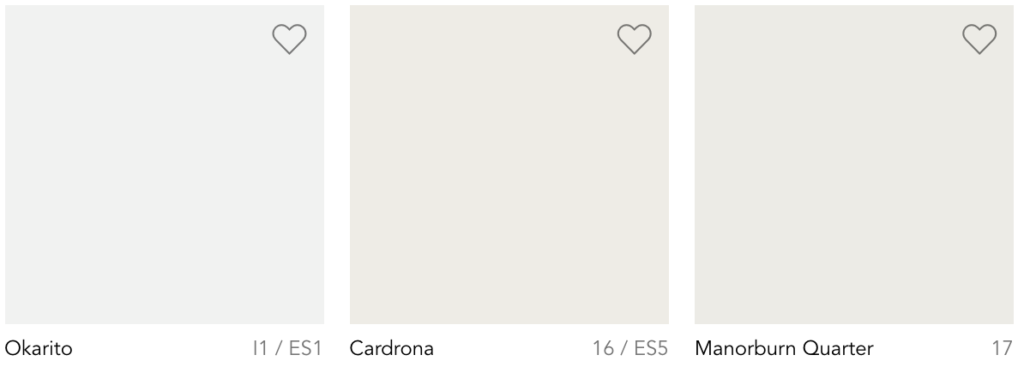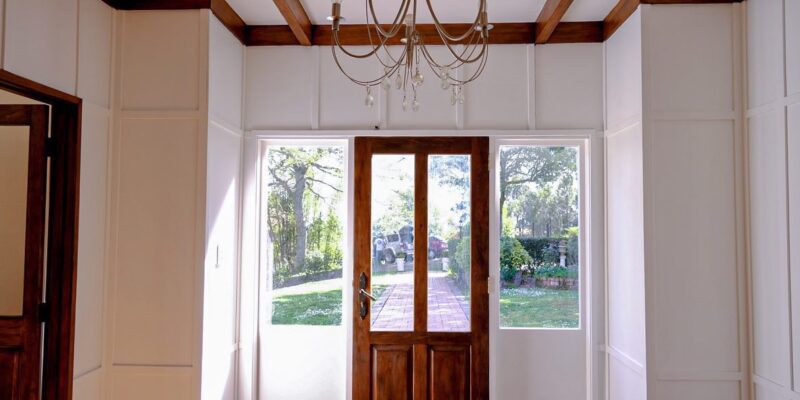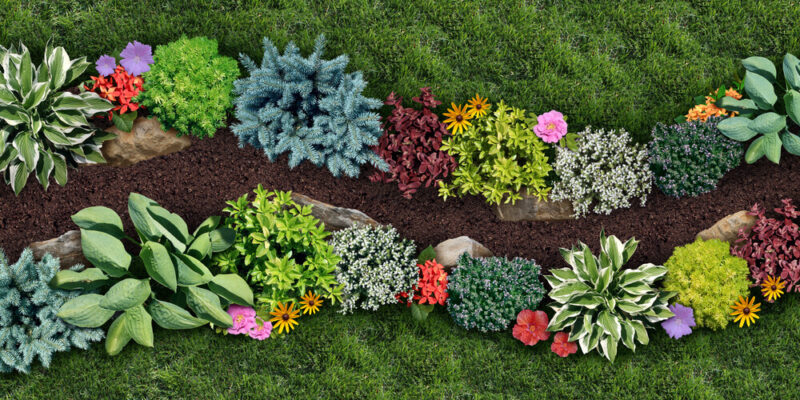Express your style through the interior of your home.
TRADICIONAL
Traditional interior schemes are decadent and timeless. To create your traditional ambiance, select your favorite antiques, classic artwork and use sophisticated, deeper colors as the perfect backdrop.

With a color palette of deeper hues of blues, rich claret and burgundy reds, burnished orange and deep greens as well as olive and ginger you can make the traditional scheme bolder in your home.

Hamptons
Soft blues and greens, neutral grey, sand and warm whites, creates a beautiful Hamptons feel.
For a New Zealand “Hamptons” twist, Dulux Cardrona or Opononi Quarter with Dulux Southern Alps trims. For a soft blue try Dulux Waikanae or for a soft green try Dulux Kohukonui.

For an elegant Hamptons style, keep your decorating simple and effective, however not too minimalist – it’s all about balance. The layering of textiles and textural objects will create a beautiful, elegant look. For a warm grey try Dulux Te Kaha or Manorburn.

Rustic
The rustic style is alluring in rich and deep reds, warm browns and golds as well as tans and beige.
Deep greens can be used for accent as well as mustards and rich blues.

To create a Rustic style layer warmer colors, such as terracotta, rich natural timber and showcase solid furniture.

Scandi
Whites are a great place to start for a “Scandi” style.
Use timeless warm whites like Dulux Okarito, Dulux Cardona or Manorburn Quarter. Then add layered raw and natural textiles with antiqued objects and Scandi timbers.

For a bolder Scandi look, use darker and natural colours in furnishings and layered textiles to add to the overall design. Dulux The Remarkable is a gorgeous charcoal with a subtle blush undertone, which is striking against these soft whites such as Hakataramea.

Modern
The Modern style has a colour palette of subtle and dark greys, brighter block colours mixed with the cooler most loved Dulux Whites.
Try Dulux Okarito or Dulux Hakataramea along with cooler greys such as Dulux Mt Hikurangi or Grey Lynn. Use a bright white on trims such as Dulux Southern Alps.

To bring your Modern look to life keep your decoration simple with clean lines. Colour schemes should be simplistic and elegant. Using pops of bright colour with a classic white will give your home a modern, yet timeless look.

BY: Dulux.co.nz






